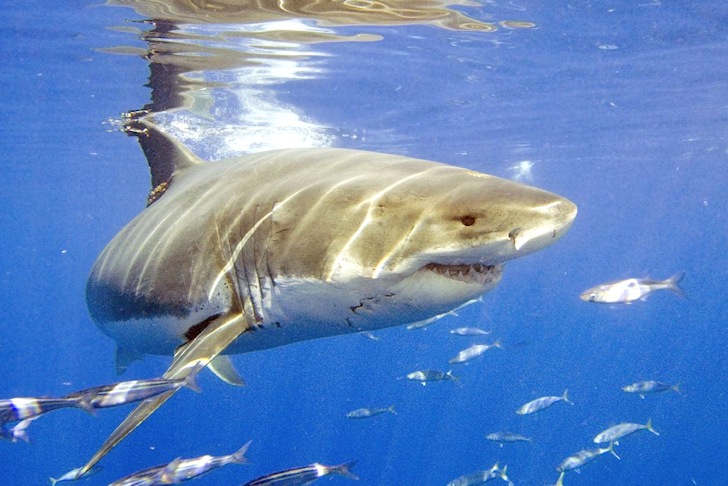Scientists have solved the mystery of the nine-foot (2.7 meters) great white shark eaten by a superpredator in Australia's Southern Ocean.
When researchers GPS-tagged a great white, they couldn't have imagined what would happen two months later.
The device was found on a beach, and its data revealed that the animal had suddenly plunged 1,900 feet deep into the ocean.
The tag also showed multiple drastic temperature changes, indicating that the shark had been inside a digestive system. What animal could eat a nine-foot great white shark?
"When I was first told about the data that came back from the tag that was on the shark, I was absolutely blown away," explains cinematographer David Riggs, who followed the GPS tag study.
"The question that not only came to my mind but everyone's mind who was involved was, 'What did that?' It was obviously eaten. What's gonna eat a shark that big? What could kill a [9-foot] great white?"
Surprisingly, the answer is... another great white shark. To be more precise, it is a "colossal cannibal great white shark."
The reasons why this has happened remain opaque, but it may be a territorial dispute or simply hunger.
